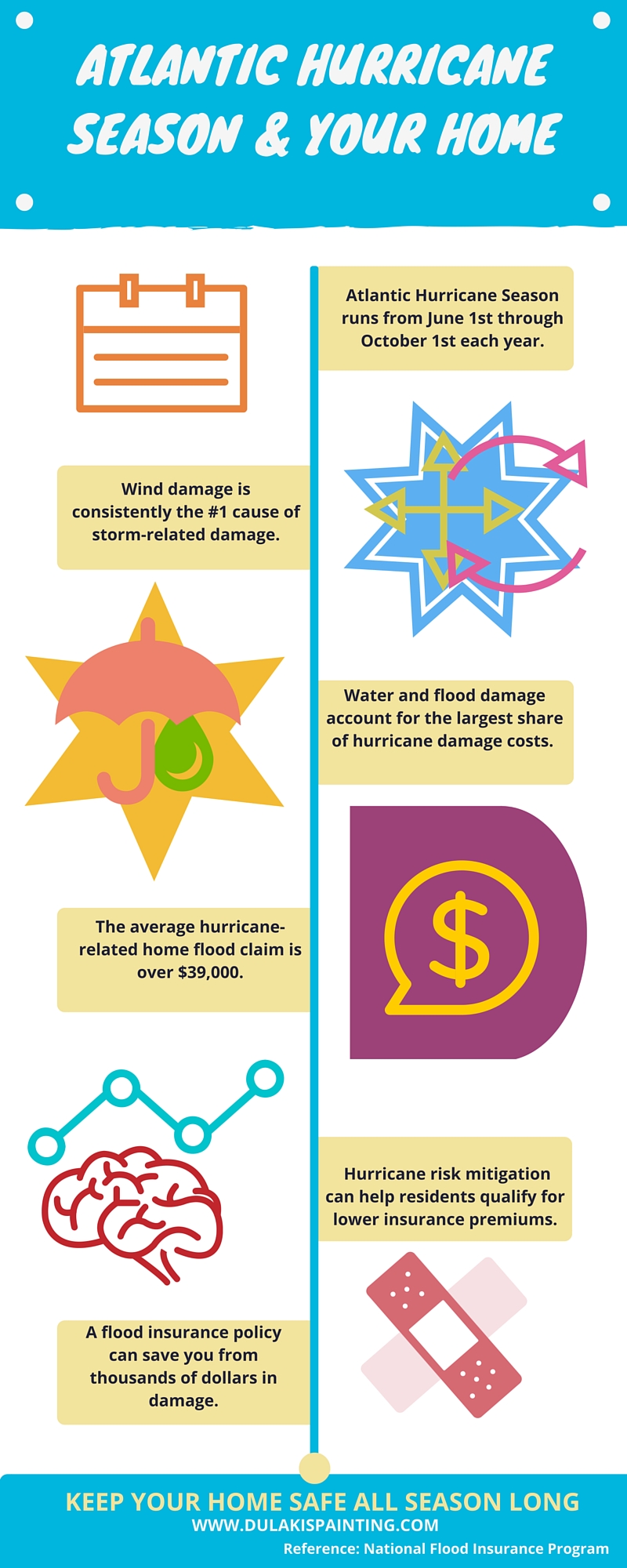Explore The Influence Of Seasonal Aspects On The Performance Of Industrial Outside Painting And Determine The Optimum Times To Achieve Enduring Results For Your Project
Explore The Influence Of Seasonal Aspects On The Performance Of Industrial Outside Painting And Determine The Optimum Times To Achieve Enduring Results For Your Project
Blog Article
Web Content Written By-Doherty Browne
When you're preparing an industrial external paint job, seasonal elements can make or damage your results. You'll want to consider just how temperature level and humidity influence paint application and drying out times. Selecting the ideal period can ensure your paint adheres properly and lasts longer. Yet which painting company mission statement are genuinely the most effective for this kind of work? Let's explore straight line paint that can impact your project's success.
The Influence of Temperature Level on Paint Application
When you're preparing a commercial external painting job, the temperature level can significantly affect just how well the paint adheres and dries.
Preferably, you intend to paint when temperatures vary in between 50 ° F and 85 ° F. If it's as well chilly, the paint may not heal properly, causing issues like peeling or cracking.
On the other side, if it's also hot, the paint can dry out as well rapidly, stopping correct attachment and causing an irregular surface.
You ought to additionally consider the moment of day; morning or late afternoon provides cooler temperatures, which can be a lot more positive.
Constantly inspect the maker's referrals for the particular paint you're making use of, as they commonly give guidance on the ideal temperature range for ideal outcomes.
Moisture and Its Effect on Drying Times
Temperature level isn't the only environmental aspect that affects your industrial exterior painting task; moisture plays a considerable function also. High moisture degrees can slow down drying out times considerably, impacting the general quality of your paint work.
When the air is filled with dampness, the paint takes longer to cure, which can lead to concerns like bad attachment and a higher threat of mildew development. If you're painting on an especially moist day, be planned for extensive wait times in between layers.
It's important to monitor regional climate condition and strategy accordingly. Ideally, aim for humidity degrees between 40% and 70% for ideal drying.
Maintaining these factors in mind ensures your task remains on track and provides a long-term surface.
Best Seasons for Commercial Exterior Painting Projects
What's the most effective season for your business external paint jobs?
Spring and early loss are commonly your best bets. During these periods, temperatures are light, and moisture levels are often lower, developing excellent conditions for paint application and drying.
Avoid exterior painting contractor minneapolis , which can cause paint to completely dry also swiftly, causing inadequate adhesion and coating. Likewise, winter months's chilly temperature levels can impede proper drying out and healing, risking the long life of your paint job.
Go for days with temperatures between 50 ° F and 85 ° F for optimal results. Remember to check the regional weather prediction for rain, as wet conditions can ruin your project.
Planning around these variables guarantees your painting project runs efficiently and lasts longer.
Final thought
In conclusion, planning your industrial external paint jobs around seasonal factors to consider can make a substantial difference in the outcome. By organizing job during the optimal temperatures and moisture levels, you'll guarantee better adhesion and drying out times. Keep in mind to keep an eye on neighborhood weather report and pick the right time of year-- spring and early loss are your best choices. Taking these actions will aid you attain a resilient and professional surface that lasts.
